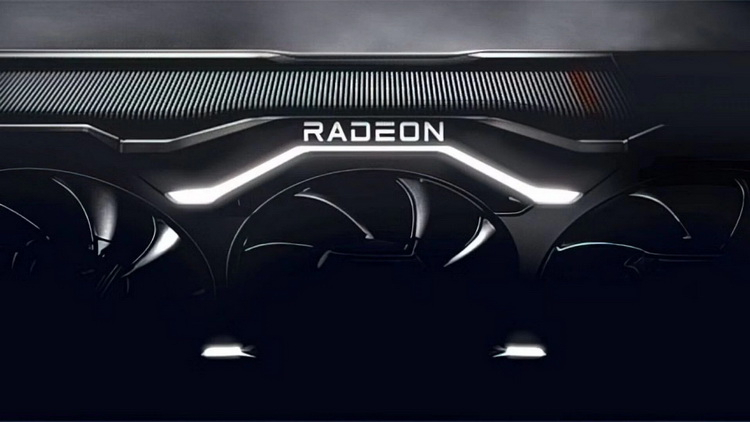
Enthusiasts regularly take apart new processors to see how they are arranged, and not only for the sake of science, but primarily for the sake of viewing and attention in social networks. Processors are not always able to survive such experiments, which is especially noticeable by the fresh acquaintance with the anatomy of Ryzen 5 5600X, which confirms the changes in the layout of the crystals taken by AMD.
Image source: Flickr, Fritzchens Fritz
AMD's Technical Marketing Director Robert Hallock spoke about innovations in the structure of chipsets containing Zen 3 processing cores a few days before Ryzen 5000 processors were sold from the YouTube platform. The eight cores on the crystal are now combined into a single complex, each of the cores has equal access to a shared Level 3 cache. The first experiments to remove the lid from Ryzen 5 5600X processors have confirmed that the crystal with computing cores after switching to the architecture Zen 3 slightly increased in length. According to official data, the area of the crystal has increased from 74 to 81 mm2, by 9 %. The number of transistors on the crystal increased, according to official data, by 350 million pieces.
Zen Crystal 3. Image source: Reddit, Locuza
The famous master of macro photography of electronic components, Fritzchens Fritz, recently published images of Ryzen 5 5600X crystal with computational cores. The process of removing the lid from the processor, which is held on solder as before, was not completed without consequences for the crystal & ; as a result, it was partially destroyed. However, just because of this risk in such situations on the table of the pathologist gets exactly the youngest model of the family, as the cheapest.
Zen Crystal 2. Image source: Flickr, Fritzchens Fritz
When compared to the layout of the Zen 2 chip, the Infinity Fabric bus controller shifts from the central area where it was previously needed to communicate between blocks of cores to the periphery of the chip. These changes are precisely the result of the changes in core layouts that Robert Hallock described; the cores are no longer divided between two segments, but belong to a single complex. Measurements made by the enthusiast indicate other dimensions of the chipsets with computational cores: the area is 75.75 mm2 for Zen 2 and 83.74 mm2 for Zen 3. Unlike AMD, which only takes into account the area of useful crystal elements in measurements, the author of the photos takes into account the total area of a silicon crystal. This method allows us to state that the crystal area has increased by about 11 % compared to its predecessor. The performance of the Ryzen 5000 processors has increased by more than 9-11 %, so the implemented changes justify themselves economically. The more compact the crystal is, the cheaper it is in production. AMD in its time switched to multi-crystal layout just for reasons of economy.
Zen 3 I/O Crystal. Image source: Flickr, Fritzchens Fritz
Snapshots of 12nm crystal with I/O logic allowed to confirm that it has not undergone any changes in comparison with representatives of Zen 2 architecture. This is also indicated by the words of Robert Hallock, who last week said from the social networking pages that the memory controller on Zen 3 processors is the same, and it is located on « central » the crystal.
The Zen 2 I/O Crystal. Image Source: Flickr, Fritzchens Fritz
The immutability of this crystal is beneficial for AMD in terms of unification. However, logistically, such a division is not quite convenient. The large central crystal is produced using 12nm technology by GlobalFoundries at its facility in the U.S., while smaller 7nm crystals with computational cores are produced in Taiwan by TSMC. Mounting of these elements on the textolite and testing of the finished processors are engaged in the enterprises in Malaysia and China, so the labeling on their cap mentions three countries of origin.


0 Comments